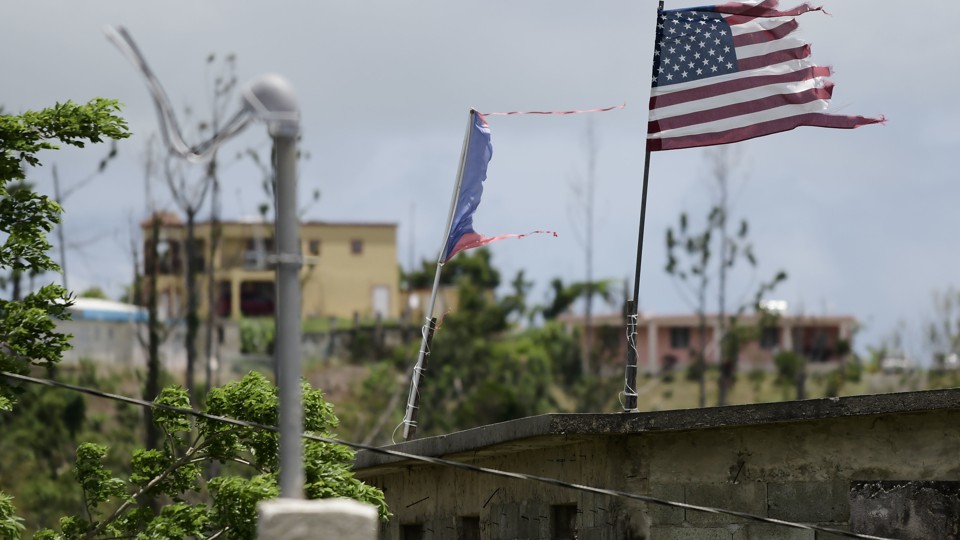
Just about nobody believes Puerto Rico’s official death toll for Hurricane Maria. Researchers and journalists alike generally accept that the island’s tally of 64 people killed by the storm last September is a massive undercount, so obviously inaccurate that the Puerto Rican government has agreed to review and revise its figures. But with Puerto Rico still in disarray—from the storm’s casualties, population changes from migration, and the absence of basic services—information on the complete human cost of the catastrophe is still woefully incomplete.
What little is known, however, portends a grim conclusion: that Hurricane Maria is one of the most significant and destructive natural disasters in recent American history.
A new study in The New England Journal of Medicine, conducted in part by researchers at Harvard University, sheds new light on what’s really happened on the island. The team found that there were over 4,600 deaths potentially attributable to the hurricane, a 70-fold increase over official estimates. The survey also measured high rates of migration among people displaced by the storm and, after it passed, long periods where residents faced a loss of basic services.
As I spent time reporting from Puerto Rico three weeks after Maria, two things became clear: The storm had a staggering impact on the island, and it was almost impossible to translate that impact to observers on the mainland. People are used to gauging the scale of far-off events by relying on official estimates of death tolls, dollar amounts of damages, and the like. But in the immediate chaos following the storm, the “official” story was clearly inadequate. Some residents just went missing. Some got swept away in floods. Entire branches of extended families went silent. Mudslides and floods essentially turned remote places in the island’s mountainous interior into islands in their own right. In my attempts to assess the human burden of the hurricane, I asked everyone I interviewed—over two dozen people—if they knew someone who’d disappeared, died, or had fled to the mainland. Each person told me “yes.”
Official counts are obviously more difficult to perform than my anecdotal one, and not just because of scale: Further complicating the picture are mismatched systems in hospitals and morgues that might double-count some victims or misidentify others, as well as tough decision-making over just what counts as a hurricane-related death. In its survey of over 3,200 Puerto Rican households, the team behind the new study tried to get around those difficulties by asking families directly about the deaths of loved ones.

